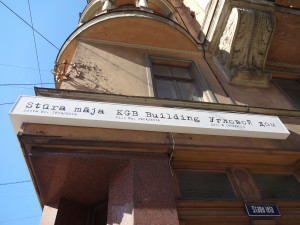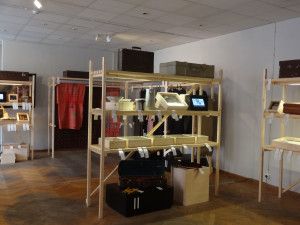Many genealogical documents contain not only information about your ancestor, but clues on how to find out even more. But do you know how to read those clues?
Documents and records lead to more documents and records. This is a given. However, the path a genealogist needs to take to get from one to the other can be incredibly difficult and time-consuming – but sometimes, those little notes, numbers and scribbles can provide more information than you may have expected, and cut that time in half – or even better than that, eliminate that difficulty all together.
In Latvian genealogy, the best document that can provide straightforward clues to other documents is the internal passport – that is, the identity document everyone over a given age had to carry with them in Latvia. Just like passports today, people needed to provide supporting documentation to be issued a passport. Sometimes this would be a previous passport, but often – particularly for the passports from the early 1920s – this document (or documents) would be something else, anything else that a person could present to confirm who they were. And the official wouldn’t just write down “birth record”, “marriage record” or “refugee document” – they would include the number of that document, and using that number, you can track down that record as well.
This number is especially important when it comes to refugee documents. Refugee documents are not organized in a way that is simple to search. They are organized as they were issued – by date, record number and location. So if you have that record number in a passport, the procedure is greatly simplified for you. Yes, after the refugee documents were finished, alphabets were created, but there are dozens of these alphabets, often with overlapping years, and plenty of spelling variations for people’s names, so you can imagine how much more complex the procedure gets without the record number. With the record number, you can go directly to the book that contains it, and easily find the person you are looking for. If for some reason you don’t find the person you expect at the record number, consider two possible alternative scenarios – one, you are looking at the wrong location, or two, there was a small mistake in the document number. For the first, it is easily solved – just look at the corresponding record number for the other locations. The second is harder, but the passport will also usually mention the date the refugee document was issued, in which case you can look by that instead.
Internal passports also provide an important link to the housing registers – these documents recorded every address change a person had, and sometimes these could be quite frequent. While housing registers often contain much the same information as a passport, they can also provide information on people who may not have crossed your radar before – relatives who lived in the same apartment, and so on. And not everyone in a family has a surviving passport in the archives, and thus these housing registers will provide information on them. Of course, not all housing registers survive, but a great deal of them do (for the city of RÄ«ga at least, survival rates are lower outside of RÄ«ga).
If someone got married, had children, or died, these events as well as their corresponding record numbers would also be recorded in the passports. So all in all, an excellent resource!
Other documents that can contain useful notations and document numbers are the RÄ«ga tax lists for the late 19th century. If a person was a relatively new arrival to RÄ«ga, the record could mention where they were from, as well as the record number for the document granting them permission to live in RÄ«ga. These documents provide the date, ages of the people arriving in RÄ«ga, as well as the social estate into which they were sorted. The tax lists are also sorted by social estate, so this would not be new information, but if for some reason you know the date your ancestor settled in Riga, but not their social estate, then looking at these records by date would be useful to find out the social estate, which would then help you find them in the tax lists.
The last record type I want to mention where watching out for extra notations is important are the revision lists. The revision lists frequently have almost-illegible scribbles that will reference if the person has recently arrived on the estate (or, in the case of cities, changed social estate), and if so, when and from where. Then you can use the incoming/outgoing registers to find out further information (including hopefully a more legible version of the place name). I talk more about these registers here. These extra notations will also sometimes reference if someone was recruited into the army.
Do you have any tips for other Latvian records that then lead to other records that I’ve forgotten to mention? Share in comments!


